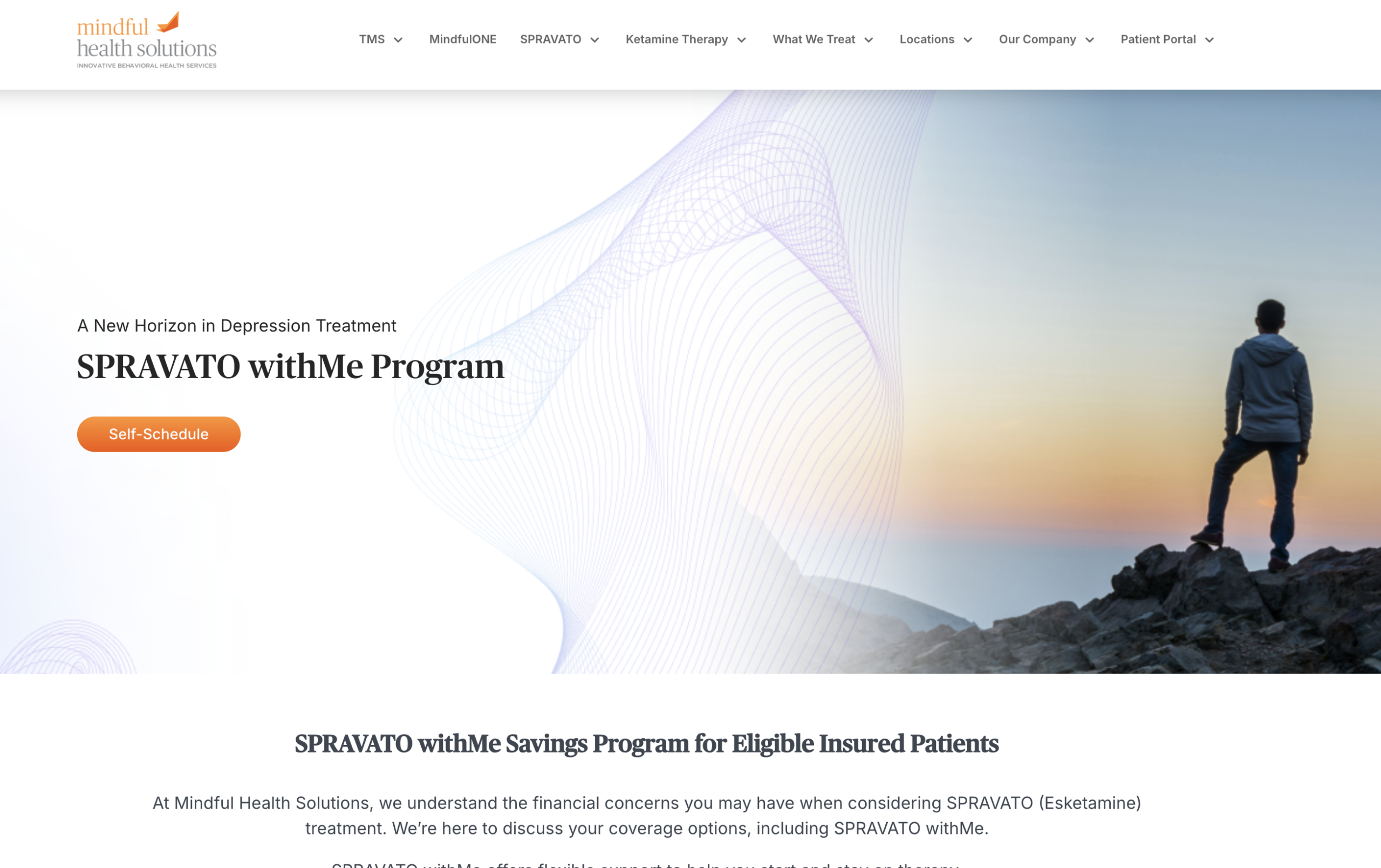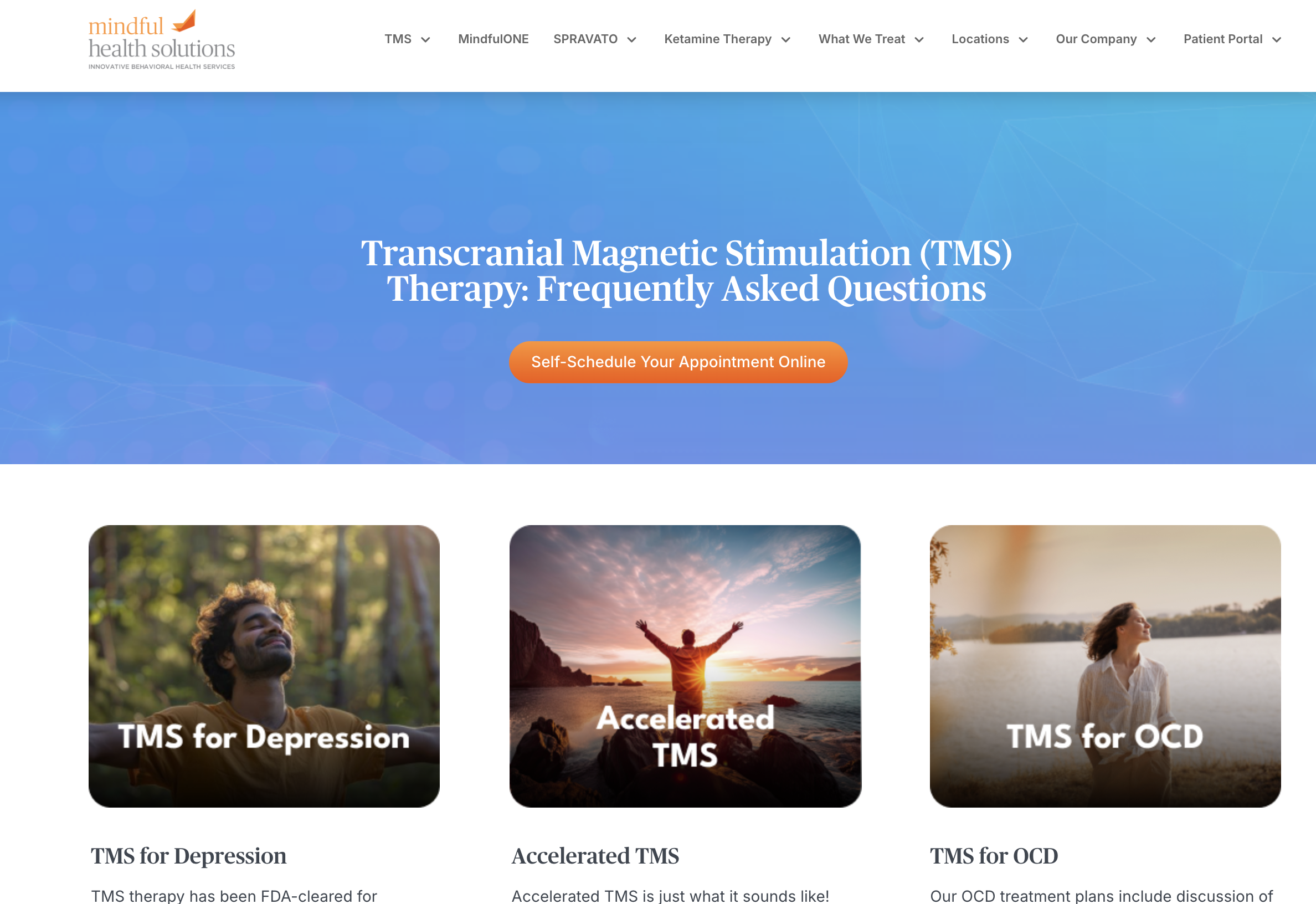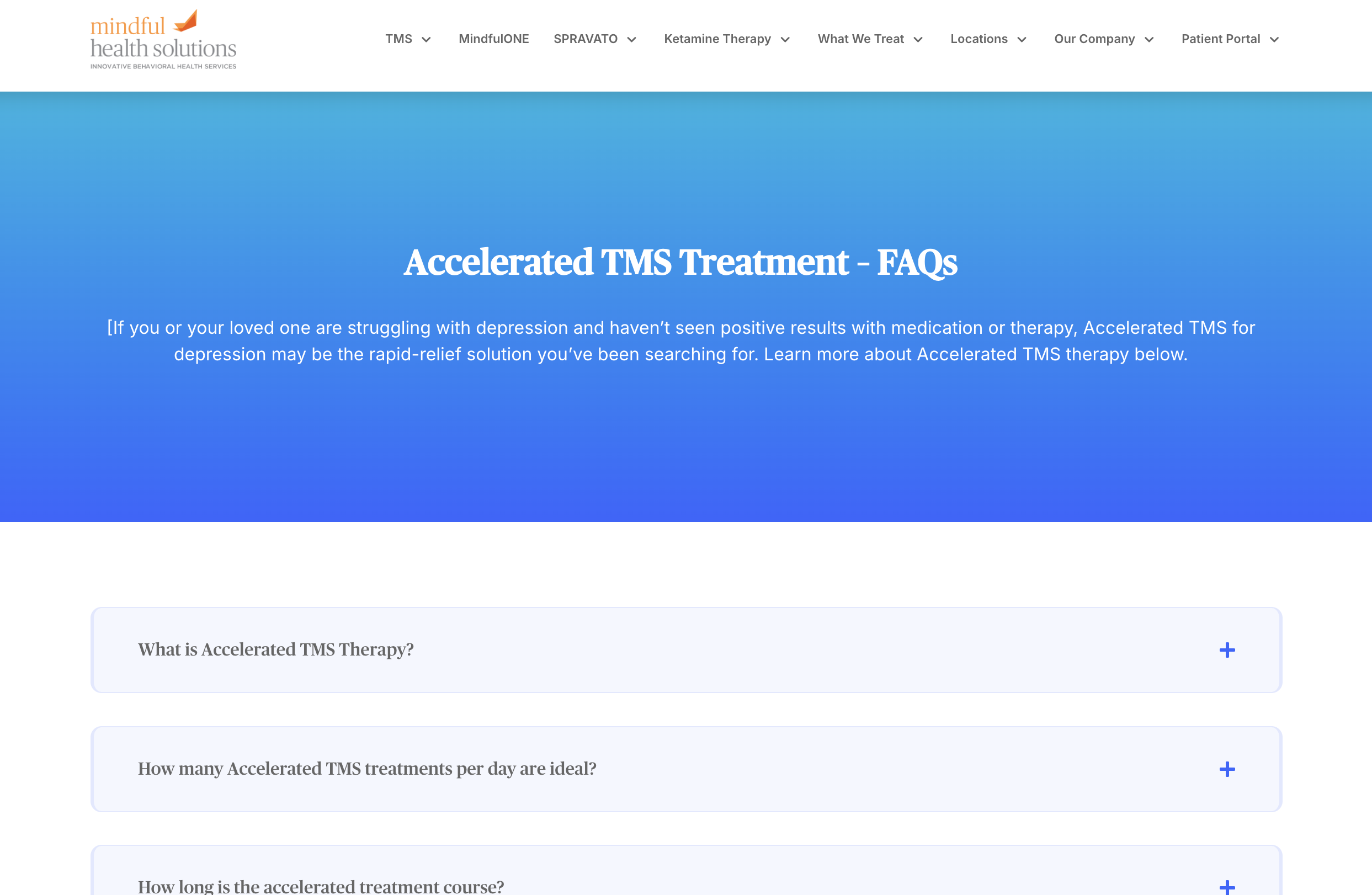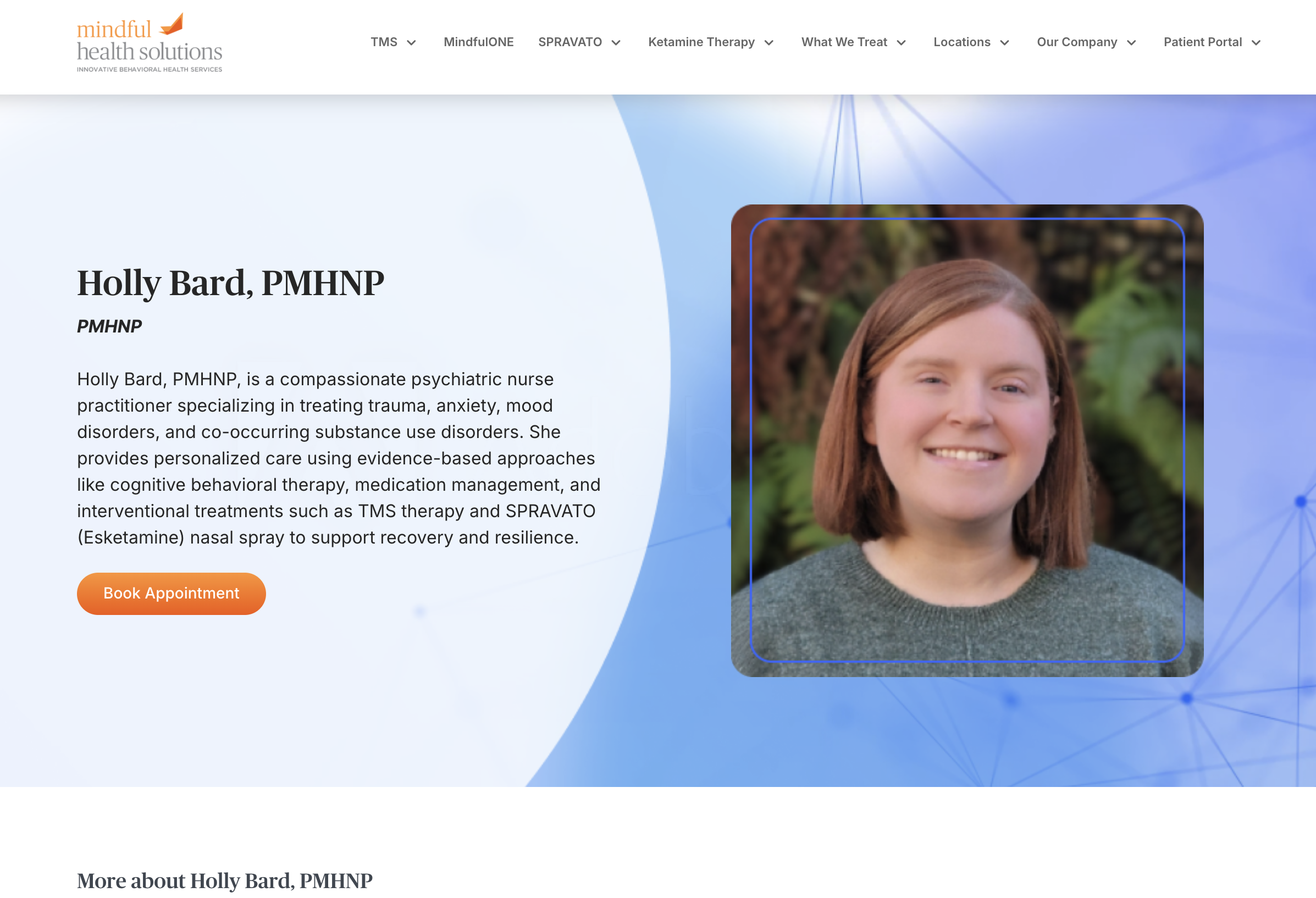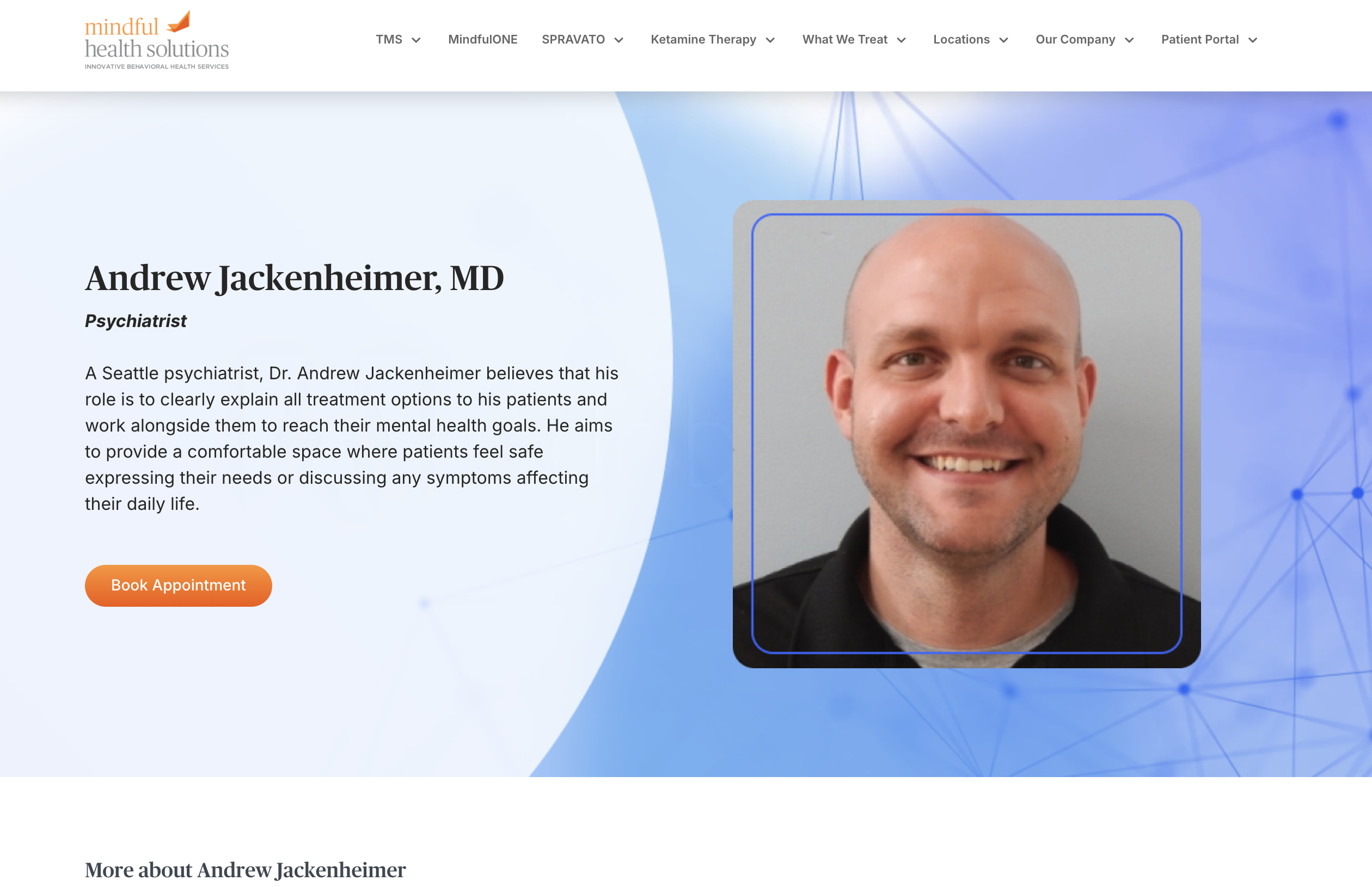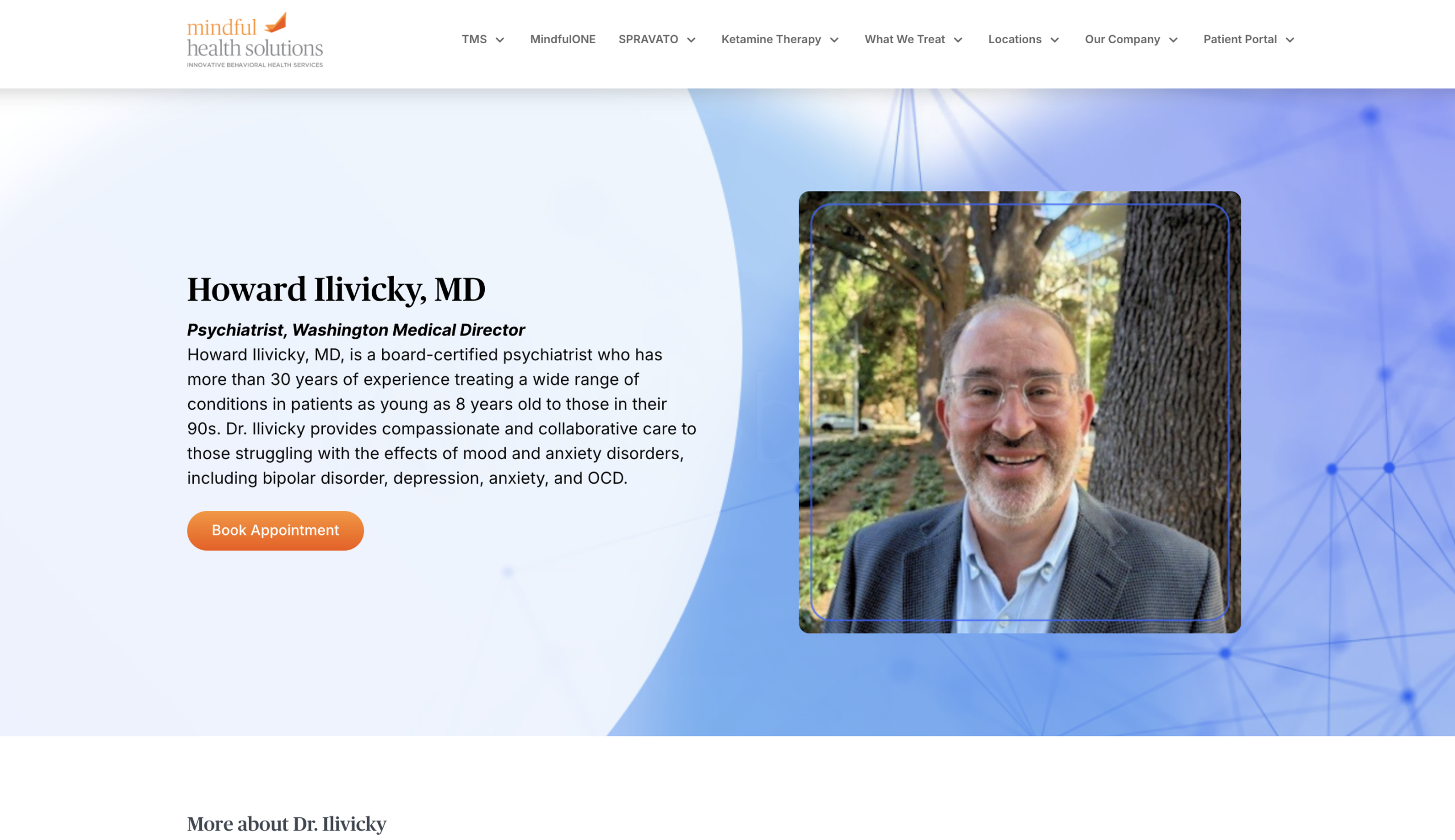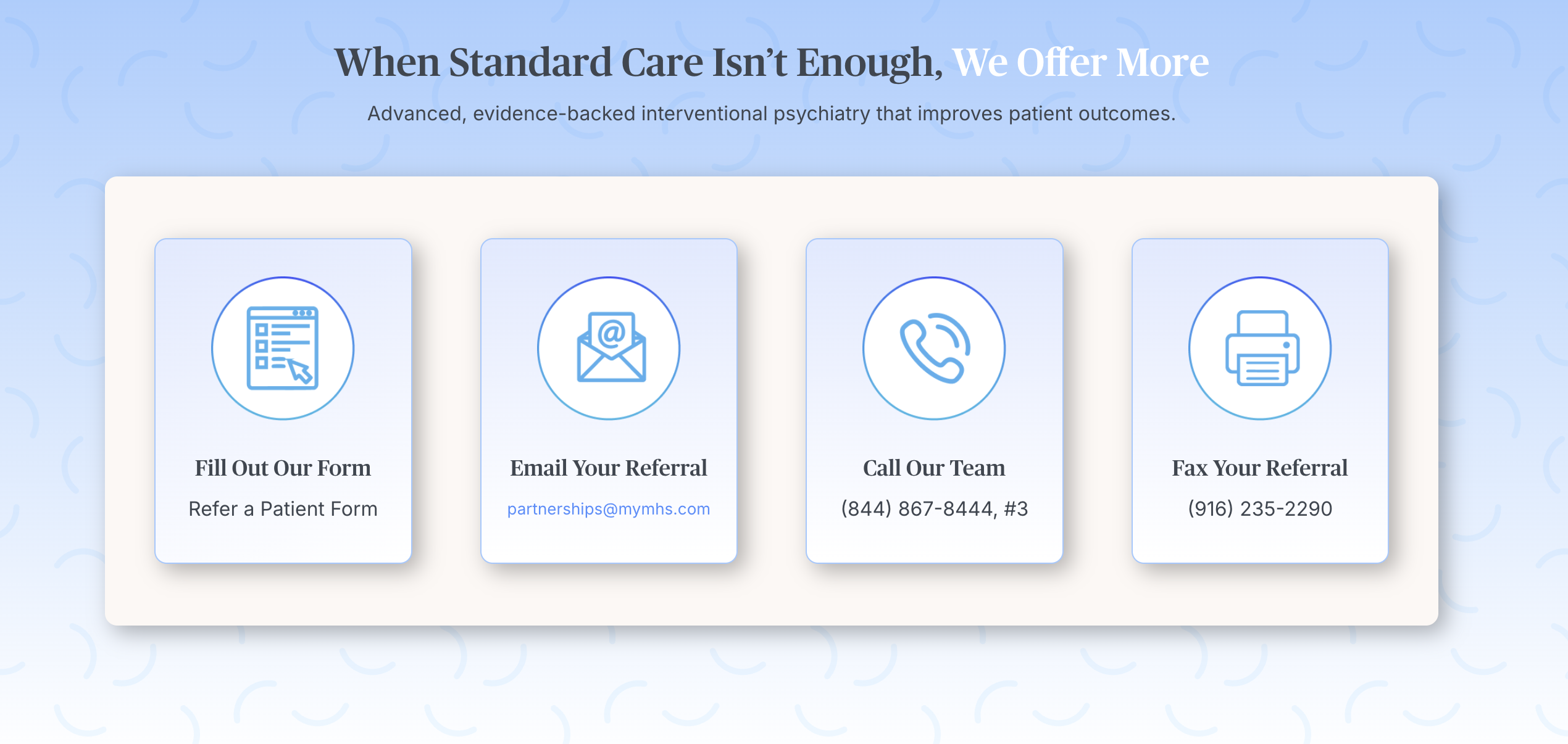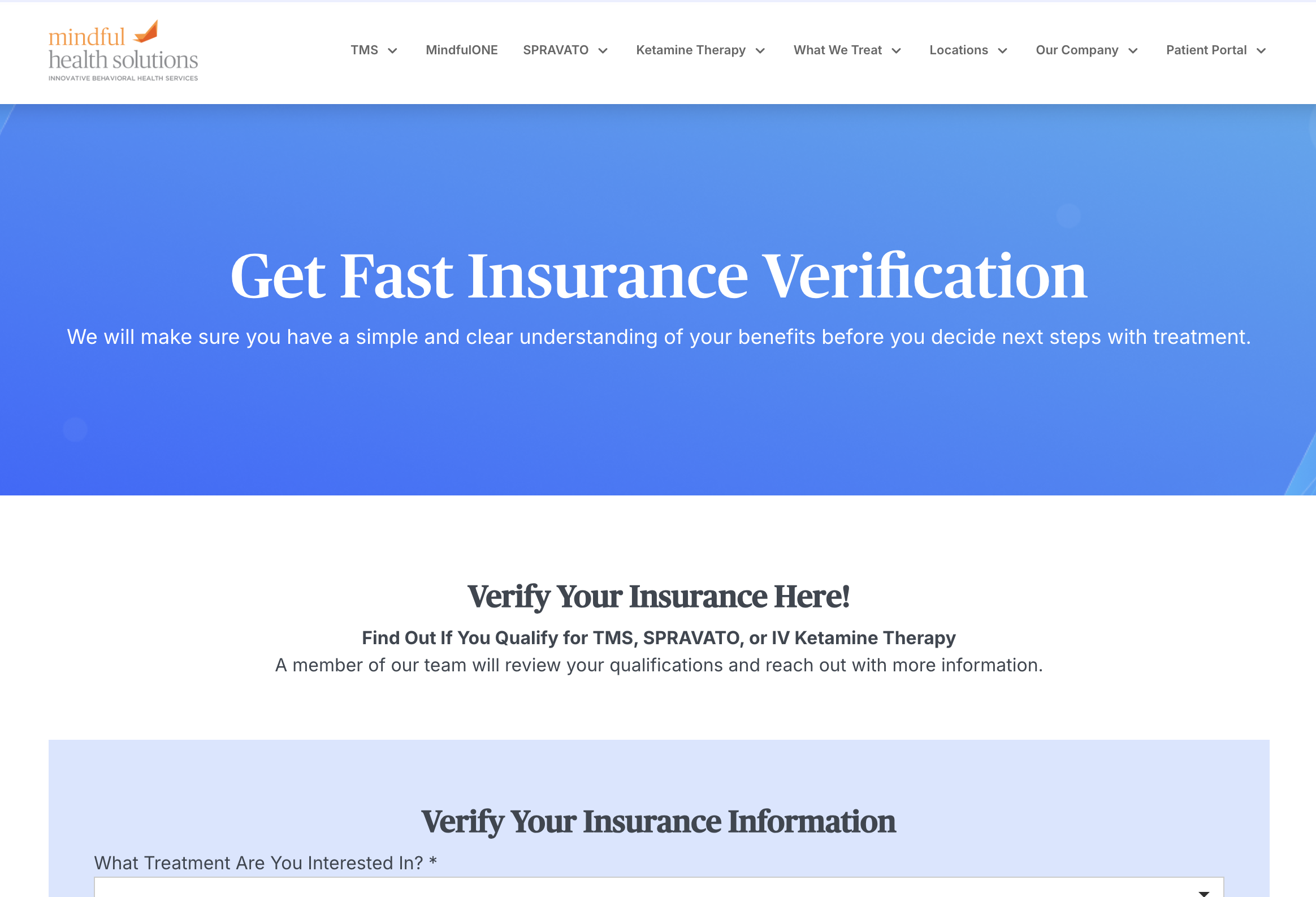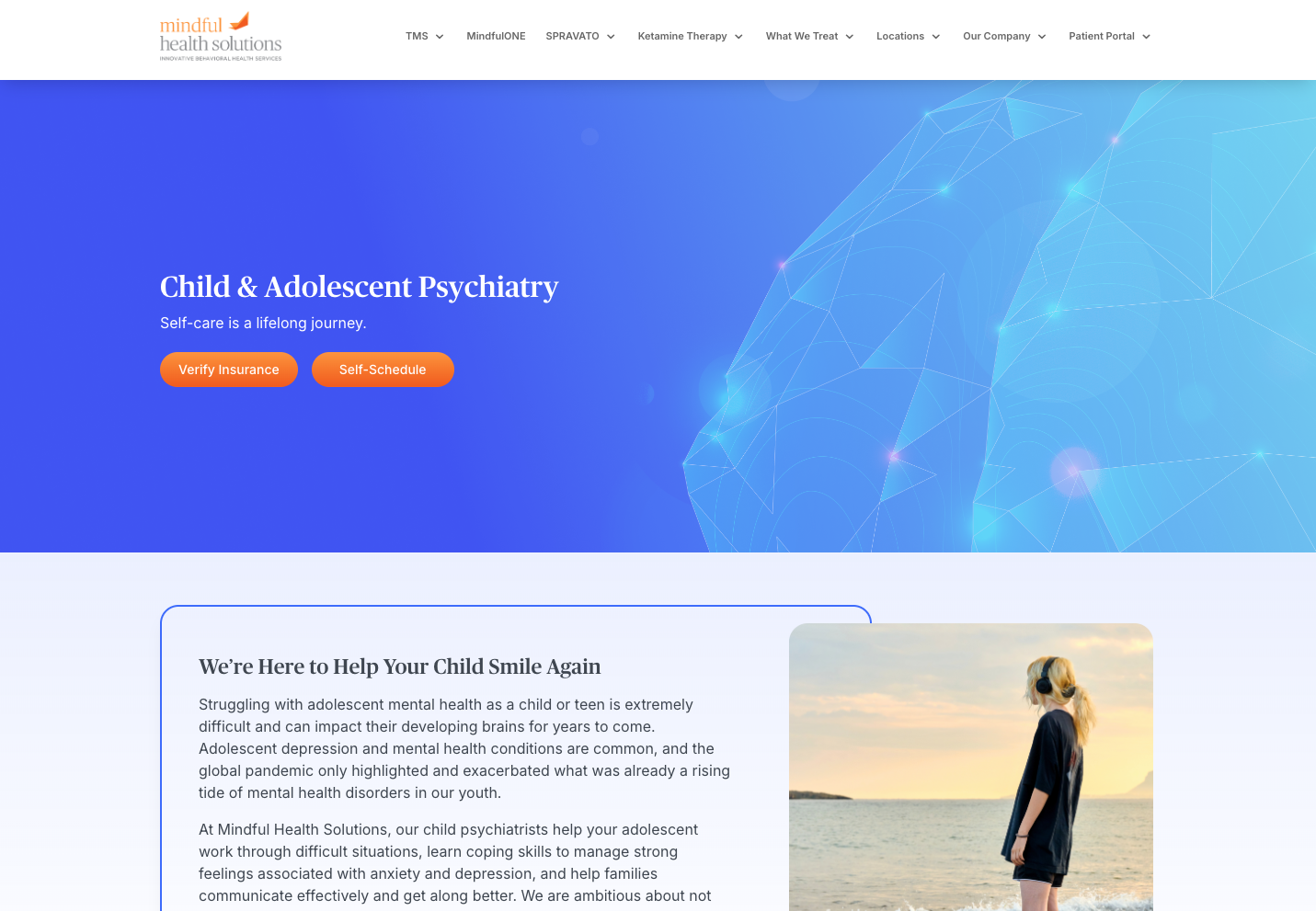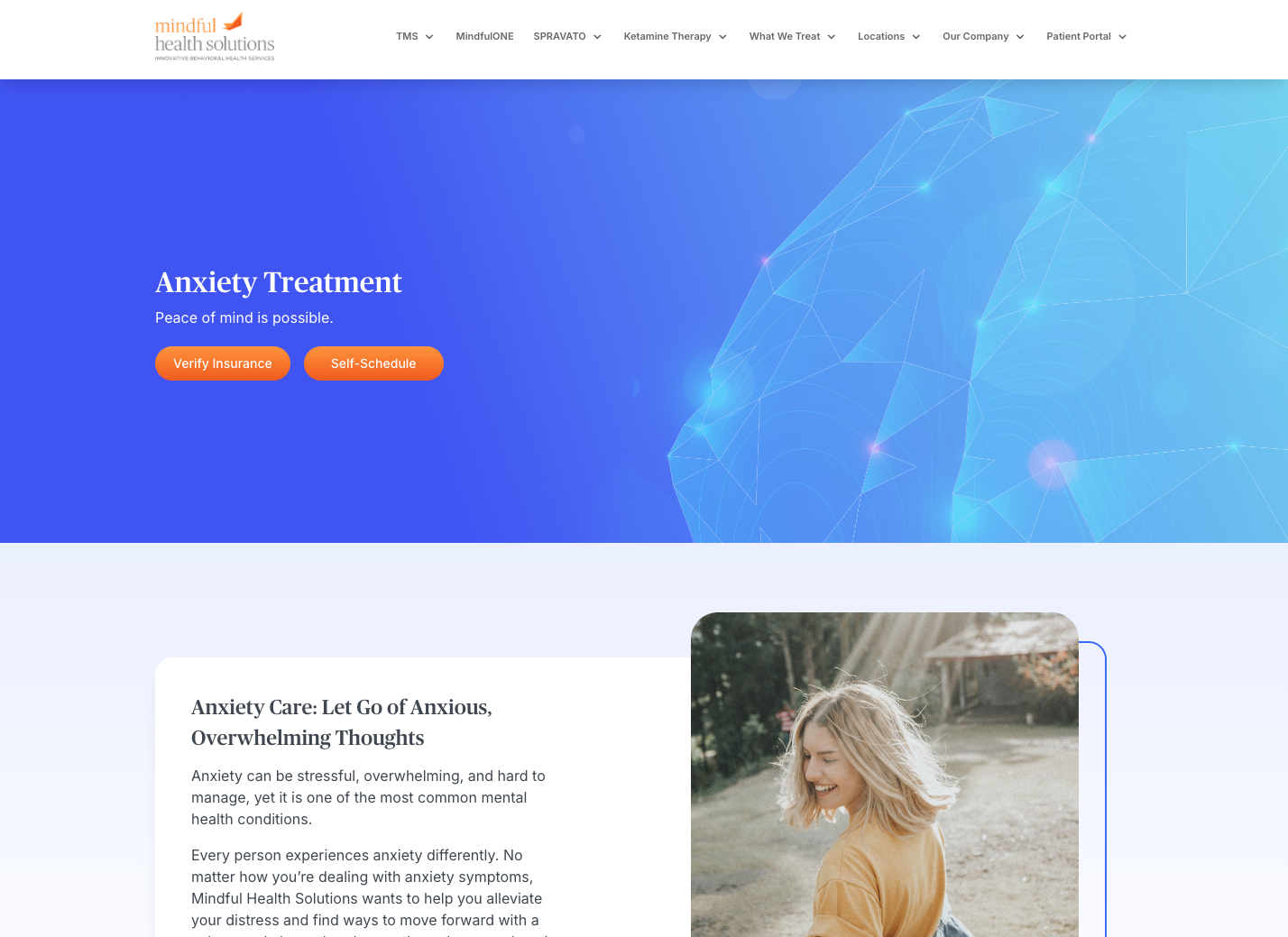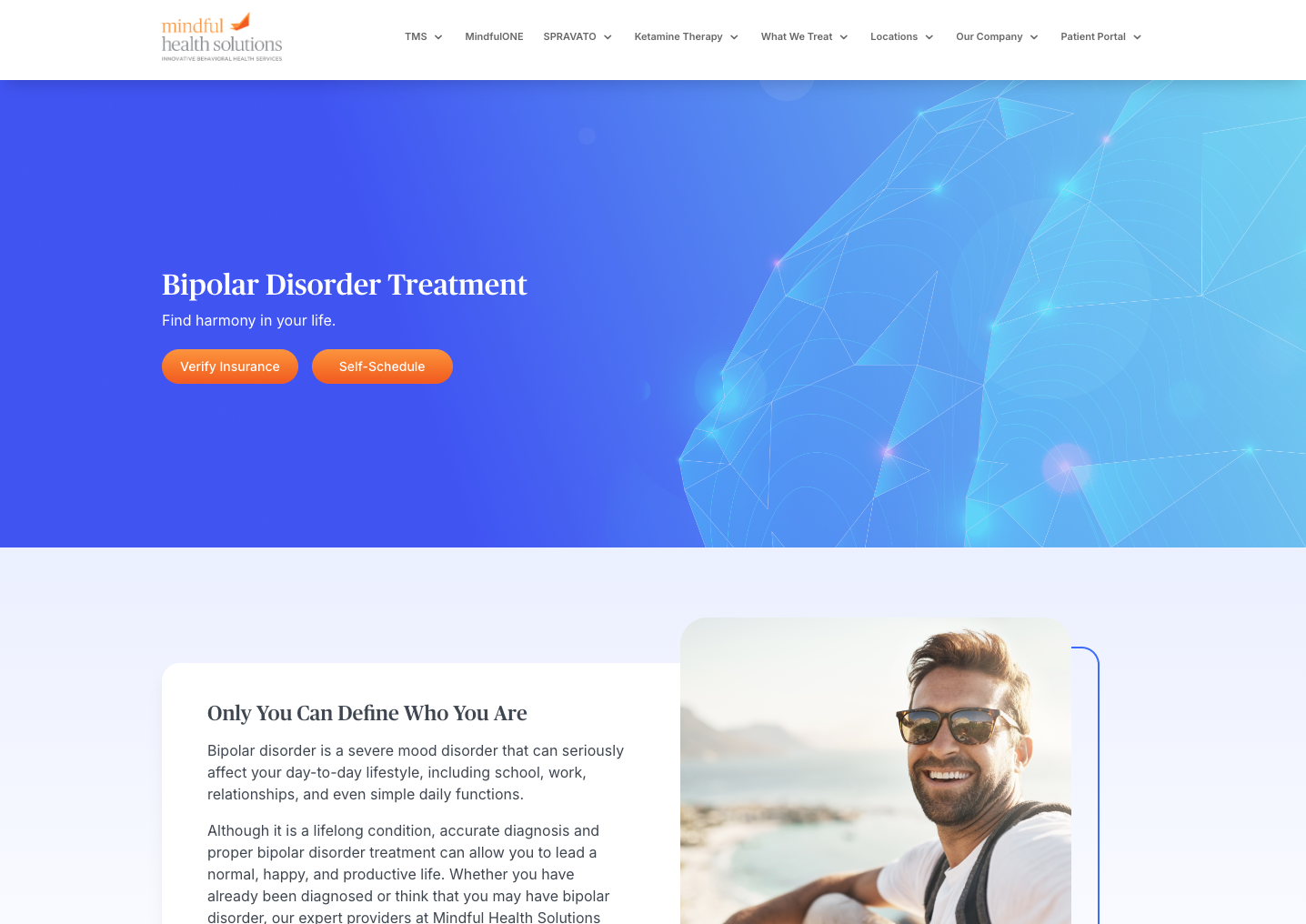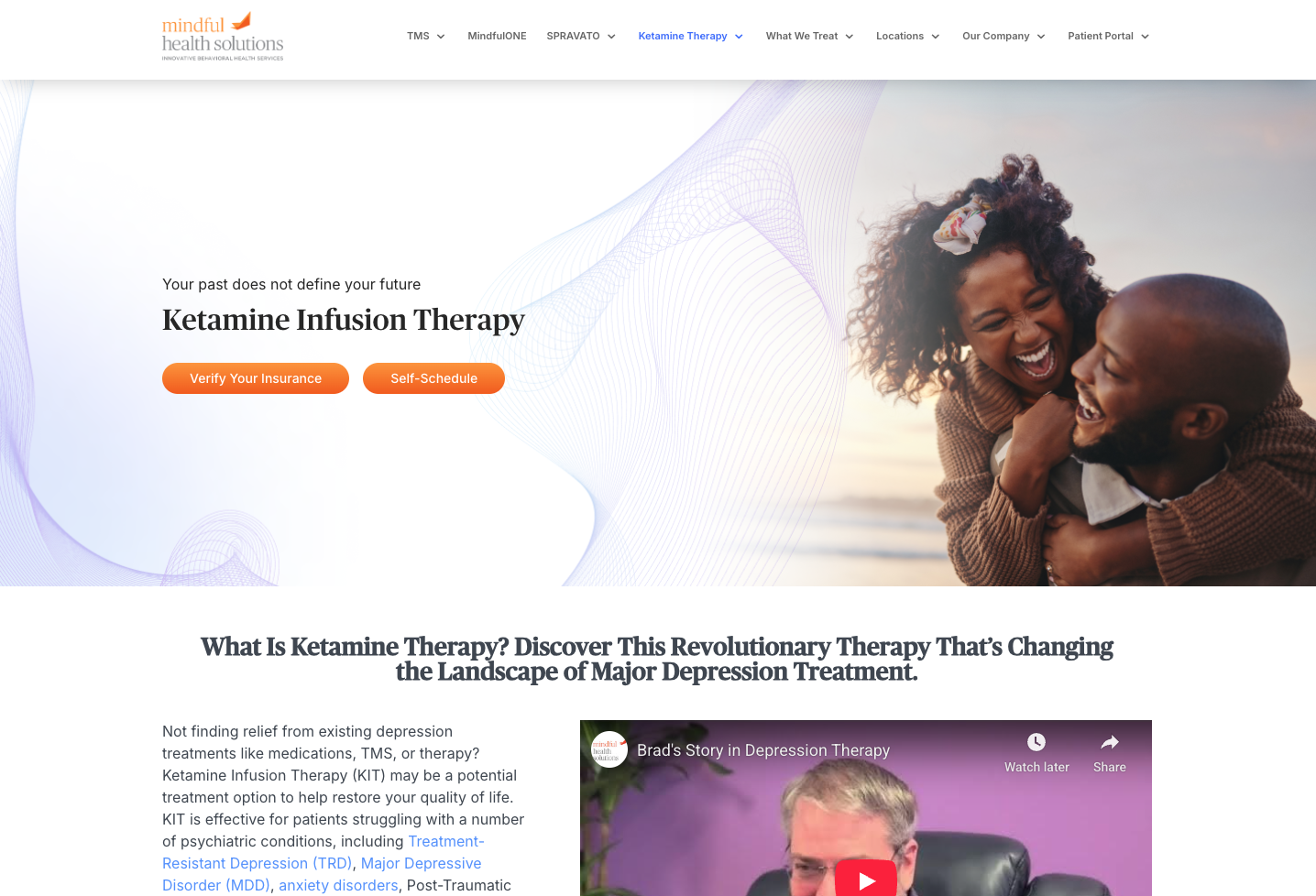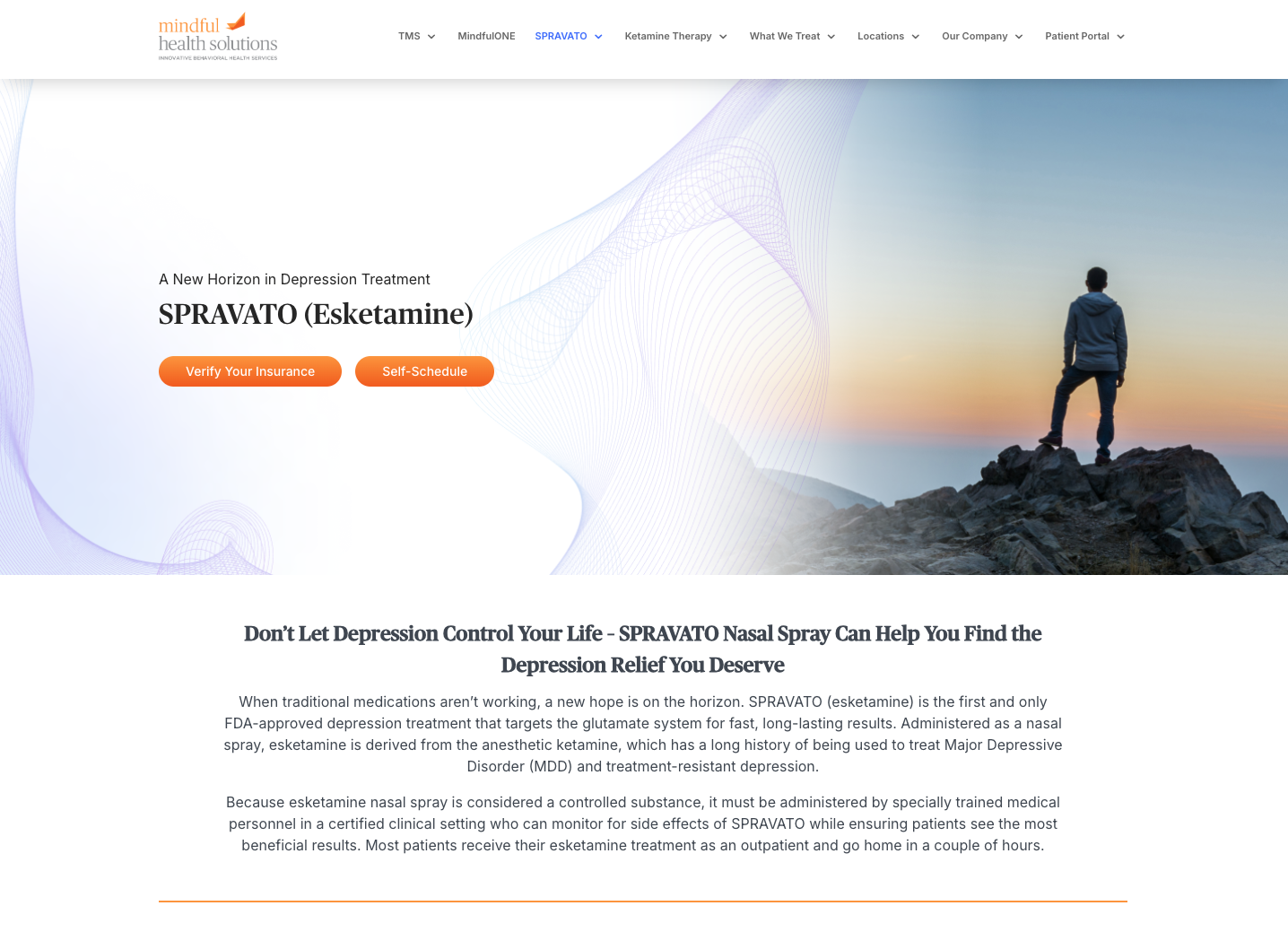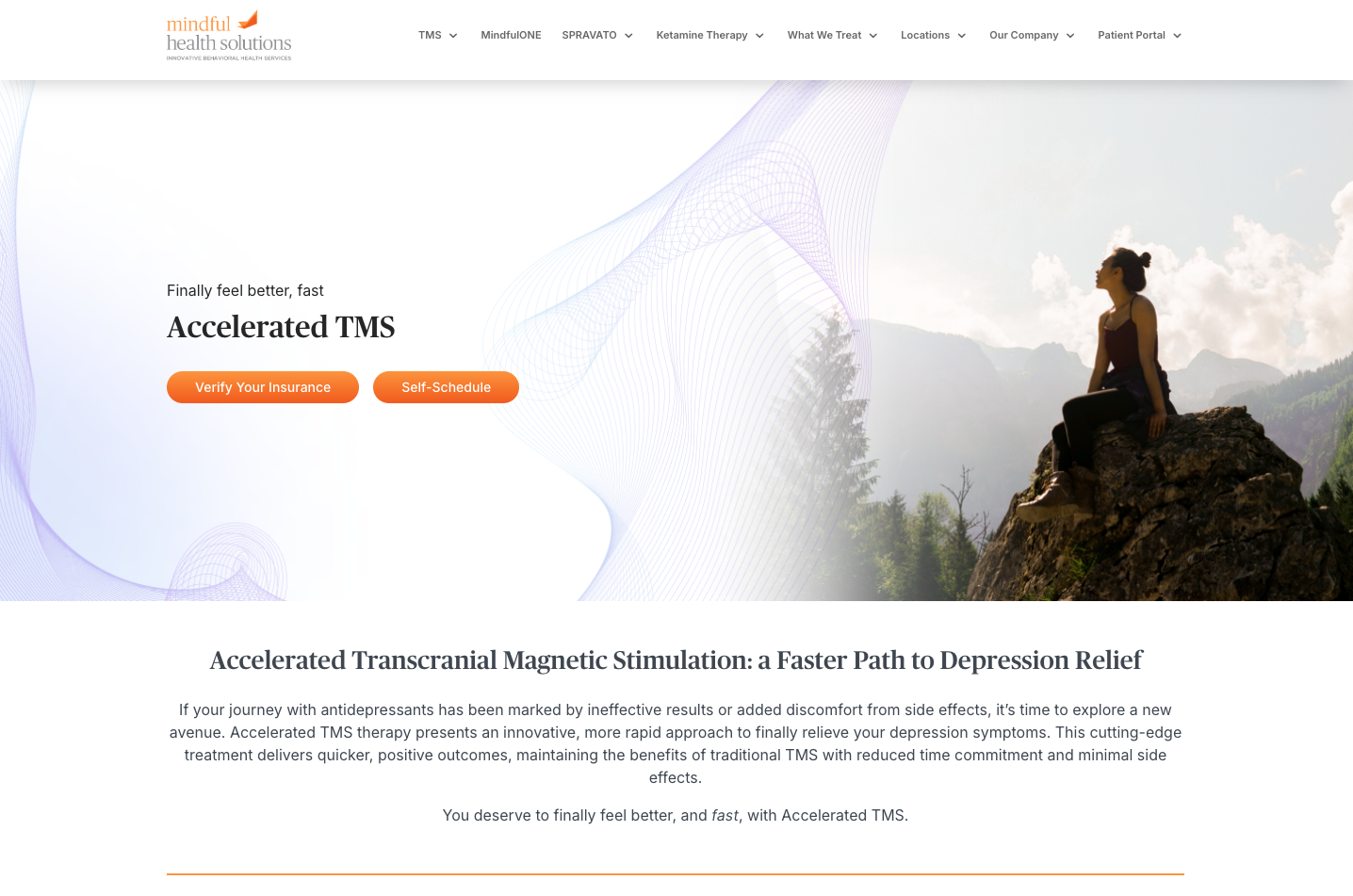Struggling with OCD can be isolating and disruptive to your daily life. But what if there’s a way to gain back control without the usual side effects of medication? Enter Transcranial Magnetic Stimulation (TMS)—a game-changer in OCD treatment. Keep reading to learn what TMS is and why it could be the breakthrough you’ve been waiting for.
What is OCD?
OCD is a type of anxiety disorder that can begin in childhood, but it most often manifests during the teen or young adult years. It involves a cycle of obsessions—unwanted, distressing thoughts—and compulsions, which are repetitive behaviors or mental acts aimed at reducing the distress these obsessions cause.
While it’s often considered a lifelong disorder, the severity of symptoms can fluctuate over time. For instance, you might experience heightened symptoms during stressful periods. The symptoms can range from mild to severe. In severe cases, OCD can be debilitating, hindering your ability to carry out everyday tasks or even leave your home.
Types of OCD: Understanding the Themes
OCD isn’t a one-size-fits-all disorder. The obsessions and compulsions you experience often revolve around specific themes. For instance, if you fear causing harm to yourself or loved ones—like accidentally causing a fire—you might find yourself compulsively checking the stove multiple times before leaving the house.
Here are some common OCD themes:
- Contamination Fears / Washing Compulsions
- Social Anxiety
- Phobias (fear of animals, flying, leaving home, etc.)
- Panic Disorder
- Harm OCD (violent obsessions)
- Relationship OCD
This list is not exhaustive, and it’s entirely possible for individuals to experience OCD in a way that doesn’t fit neatly into one of these categories.
Learn about 4 common types of OCD and their characteristics.
Diagnosing OCD: Professional Evaluation is Key
If you suspect you have OCD, it’s crucial to consult a trained medical professional for diagnosis. Even if you’re only experiencing obsessive thoughts without compulsions, or vice versa, you could still have OCD. Once diagnosed, you can work with your healthcare provider to develop a tailored treatment plan.
Traditional Treatments
Exposure Response Prevention (ERP) therapy is a form of Cognitive Behavioral Therapy (CBT) is a standard treatment for OCD. It involves exposing yourself to thoughts, images, and situations that make you anxious and then preventing the compulsive behavior that usually follows.
Discover how ERP helps people regain control over their OCD.
SSRIs like fluoxetine (Prozac) and fluvoxamine (Luvox) are commonly prescribed medications for OCD. They target the serotonin levels in your brain to help control your symptoms.
Both ERP therapy and SSRIs are considered the gold-standard treatments for OCD. However, for some, these treatments aren’t enough to help people find relief. That’s where TMS comes in.
Introducing TMS for OCD: A Promising Alternative
For those who haven’t found relief through traditional methods, TMS (Transcranial Magnetic Stimulation) offers another path. Approved by the FDA for OCD treatment, TMS is a non-invasive, non-medication approach that uses magnetic fields to stimulate specific brain regions. The treatment has minimal side effects, making it suitable for those who experience side effects from medication.
At Mindful Health Solutions, we’ve observed significant improvements in our patients undergoing TMS treatment. About 50-60% report at least a 20% reduction in symptoms. While it’s not a complete cure, many find that their obsessions become quieter and more manageable, which allows them to live a more fulfilling life.
The Science Behind TMS and OCD
The technology uses magnetic fields to target specific areas of the brain responsible for causing OCD symptoms. The process is like rebooting a computer; it’s designed to reset the neural pathways that may be causing distress.
Undergoing TMS treatment for OCD is a slightly different process than using TMS therapy to treat clinical depression. When being treated for depression, patients have the option to watch TV, listen to music, or chat with staff or a family member.
For OCD treatments though, patients do brief provocations or exposures that are meant to activate the specific fear circuitry for a particular patient. These provocations or exposures are planned with the treating clinician and personalized to each patient. With this protocol, we believe we are strengthening brain circuits responsible for dealing with obsessions and resisting the urge to engage in compulsions.
Benefits of TMS for OCD Treatment
So, what makes TMS stand out? First, it’s non-invasive. Nothing is going into your body for treatment, from medications to implants. You’re awake throughout the treatment, seated comfortably in a chair.
Second, it’s generally well-tolerated. Unlike some medications, TMS doesn’t have systemic side effects like weight gain or drowsiness. Most people report feeling a light tapping sensation on their scalp during treatment.
Third, the treatment sessions are quick, typically lasting around 30 to 40 minutes. You can schedule them around your day, making it more convenient than some other treatment options.
What to Expect from TMS Treatment
During a TMS treatment, the patient sits in a comfortable chair while the TMS coil is properly set in place on the head. After the headpiece is in place, electromagnetic pulses are sent to the prefrontal cortex, which is the area of the brain responsible for mood and is known to be involved in OCD.
A typical TMS session lasts about 20-30 minutes, with a full course of treatment generally running five days a week for four to six weeks. While this commitment might seem hefty, the potential life-long benefits make it well worth the investment. Most patients can return to their regular activities right after a session, and some even report improved focus and energy.
Explore our FAQs on TMS for OCD.
Personalizing Your Treatment Plan
Mental health is not a one-size-fits-all situation, and treatment plans will differ from person to person. You might continue medication alongside TMS, or TMS could potentially replace your need for medication altogether. Our expert providers at Mindful Health Solutions will work with you to fine-tune your treatment plan as you progress.
If you’re struggling with OCD, know that help is available. The first step is seeking a professional diagnosis. From there, various treatment options, including TMS therapy, can offer a pathway to a better, more manageable life. And remember, you deserve to feel better.
If you’re interested in learning more about TMS for OCD, call us today at (844) 867-8444. We’d be happy to answer any questions and schedule a consultation appointment with one of our mental health professionals.

